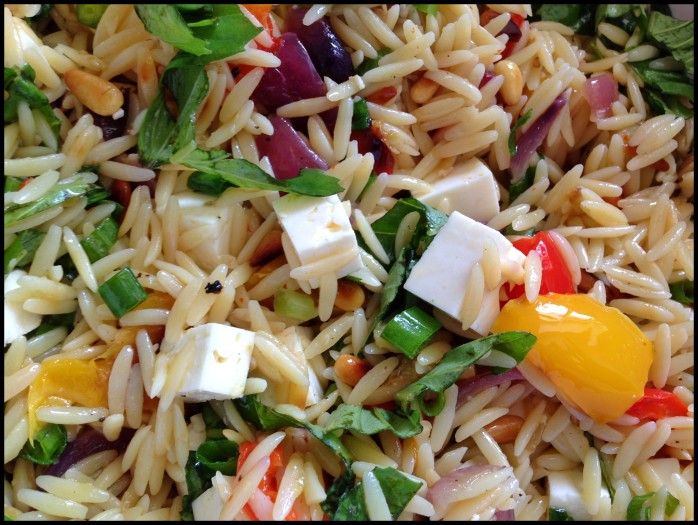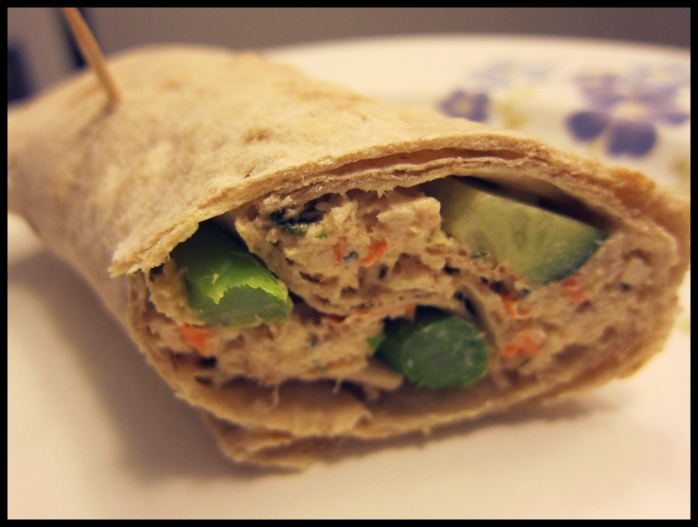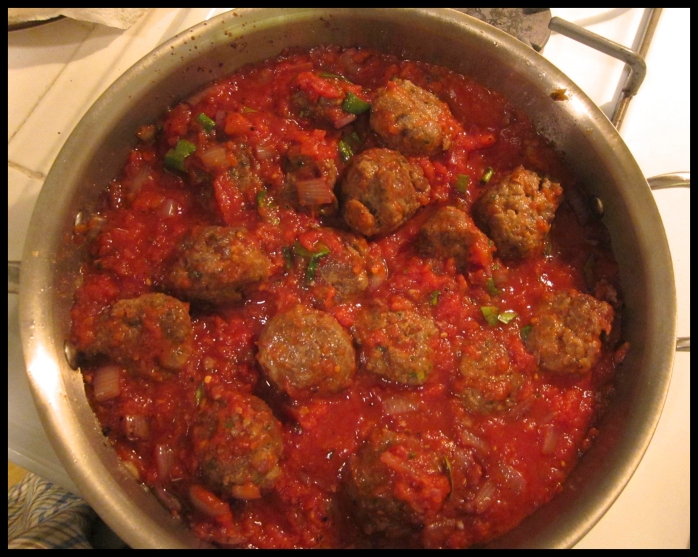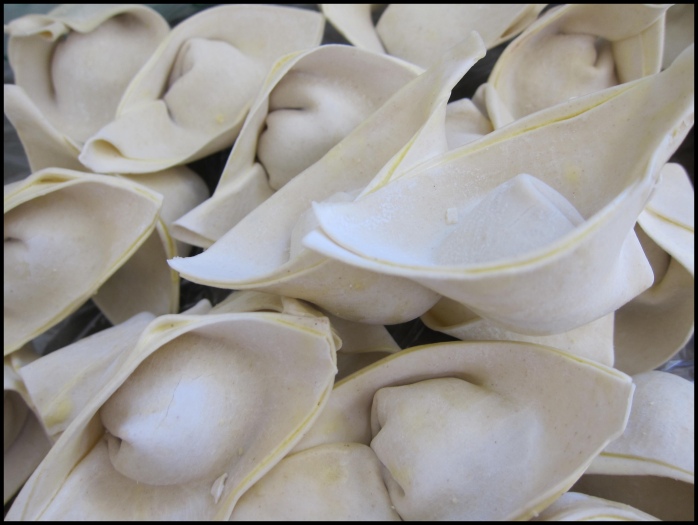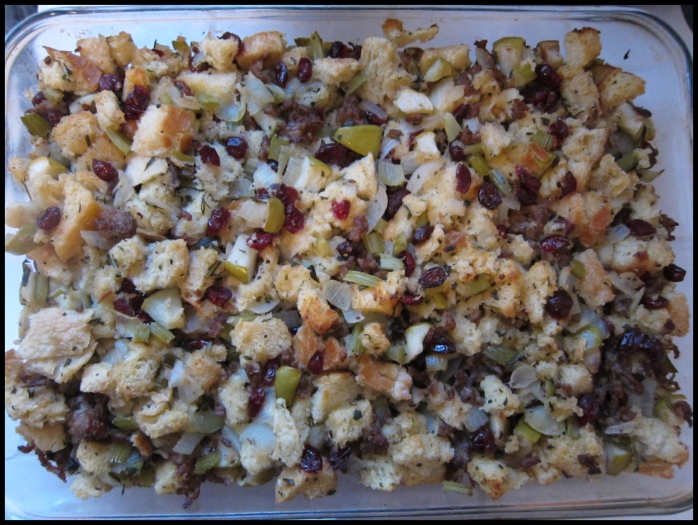It’s the last month of summer and we all should squeeze in every last moment of that lemon drop sunshine–with outdoor baseball games with some chilled brews, cartwheels on the sandy beaches, and lazy Sunday picnics. I have the perfect pasta salad recipe for you to make that will make you the talk of the town; people will be clamoring to get seconds of this delicious melange of complex, but complementing flavors. On top of that, it’s bursting with color and is a gorgeous salad to eat. What’s food without presentational oomph?
Since I grew up in a household that mostly made Chinese food, I rarely had a chance to eat pasta salads as a child. It was foreign, the ultimate “American” dish, yet I never found one that I liked. If I ever did have some, it would be at a friend’s birthday party out of a Ralph’s plastic box, and it would always be cold with lots of pimentos–I hated that. So, I never really gave pasta salads a chance.
However, it wasn’t until I got older (and had a little more income) that I gave my palate some room to blossom and tried the gourmet, farm fresh salads of restaurants like Lemonade in Los Angeles, where even Asian dishes such as soba noodles with kimchi marinated vegetables and toasted peanuts are considered a pasta dish of sorts.
I found a recipe from Ina Garten (that I slightly tweaked) that combines silky orzo pasta, tangy feta cheese, sweet-roasted summer vegetables, fresh herbs, and a hint of smoky toasted pine nuts–all dressed in a lemon vinaigrette. It’s a crowd-pleaser (even your vegetarian friends will be happy) and something I could see myself eating long after a picnic is over (if there are even any leftovers!). Most importantly, the texture of the orzo pasta is what makes this dish special, so don’t try to substitute it with rotini or fusili pasta. And definitely serve it at room temperature–not straight out of the fridge or piping hot–at room temperature.
Adapted from an Ina Garten recipe.
Yields 6 servings.
Ingredients:
1 small eggplant, peeled and 3/4-inch diced
1 red bell pepper, 1-inch diced
1 yellow bell pepper, 1-inch diced
1 red onion, peeled and 1-inch diced
2 garlic cloves, minced
2 – 3 tbsp good olive oil
1 1/2 teaspoons kosher salt
1/2 teaspoon freshly ground black pepper
1/2 pound orzo or rice-shaped pasta
For the dressing:
1/2 cup freshly squeezed lemon juice (3 lemons)
1/4 cup good olive oil
1 teaspoon kosher salt
1/2 teaspoon freshly ground black pepper
To assemble:
4 scallions, minced (white and green parts)
1/4 cup pine nuts, toasted
8 oz. block of good feta, 1/2-inch diced (not crumbled)
15 fresh basil leaves, cut into julienne
Directions
1. Preheat the oven to 425 degrees F.
2. Toss the eggplant, bell peppers, onion, and garlic with the olive oil, salt, and pepper on a large sheet pan. Roast for 40 minutes, until browned, turning once with a spatula.
3. Meanwhile, cook the orzo in boiling salted water for 7 to 9 minutes, until tender. Drain and transfer to a large serving bowl. Add the roasted vegetables to the pasta, scraping all the liquid and seasonings from the roasting pan into the pasta bowl.
4. For the dressing, mix together the lemon juice, olive oil, salt, and pepper. Pour half of the dressing on the pasta and vegetables, mix it together, and then taste it. It’s all relative to taste, so add more if you want more of a citrus flavor. Let cool to room temperature, then add the scallions, pine nuts, feta, and basil. Check the seasonings, and serve at room temperature.
